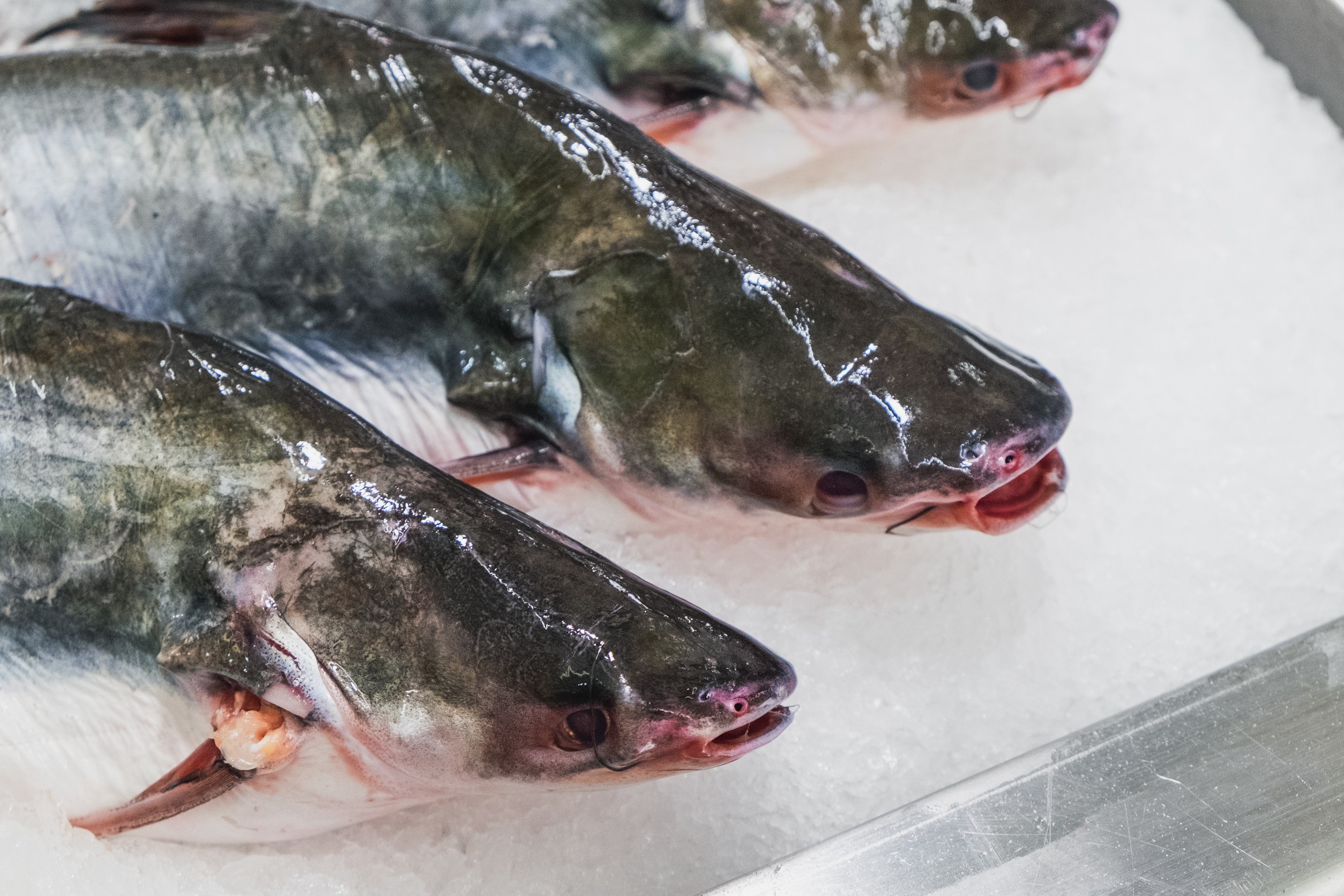There are many characteristics that a fish needs to meet in order to become invasive. Pangasius fish is usually not considered invasive due to many reasons. Of course, any fish introduced to new water and taken over the water can become invasive.
Typically, the pangasius fish is not considered to be an invasive species. This is because the fish does not meet many of the typical characteristics of an invasive species.
The pangasius fish is found in South Asia and is native to Bangladesh, Pakistan, India, and Myanmar. Later, the fish was also introduced to Vietnam and Cambodia and is now found in these places. This fish is imported to the United States and other European countries to be eaten. Here are the reasons that make pangasius not an invasive species.

No competition for food
Pangasius is not considered an issue when introduced into a new place because it does not compete with the native species. Of course, there is some form of competition with other species in the water, but not so much that it is considered a problem.
Pangasius has an omnivorous diet but mostly an herbivorous one. This is the main reason it does not compete with other fish. It does not eat many fish or small animals, so it does not reduce their amount dramatically. The diet of the pangasius fish is mainly rice bran, vegetables, soybean meal, and similar feed. Therefore, there is no competition for food with the carnivorous fishes; even other herbivorous fishes are delicate since the food source is readily available. However, the fish does live for 20 years.
No competition for resources
A fish does not need to compete for food alone to become invasive. Fish needs to also compete for resources like space in the water. A fish with too much space and is territorial is not considered a fish that should be introduced into new waters. The good thing is that pangasius fish is usually not aggressive or territorial. The fish does get aggressive if threatened, but that is true for every fish. The pangasius fish is solitary in the middle of the water, so it usually minds its business.
Do not reproduce often
The pangasius fish is super picky when it comes to reproduction. This species does not reproduce in ponds; some only reproduce in the Mekong River Delta of Southeast Asia. Since the fish rarely reproduces, the fish population becoming a problem is rare.
Moreover, the fish reaches sexual maturity after two years to three years. Therefore, there is enough time for the fish to be part of the life cycle and food cycle of the water. A fish that reproduces quickly and anywhere is considered invasive because if introduced into new water, it reproduces, and the fry takes up even more space in the water and resources available.
Low survival rate of eggs
Along with being very picky about reproducing, the fish has a low survival rate for the eggs that it lays. Pangasius cannot be invasive if it does not produce effectively, as breeding and overtaking the water and its resources is considered invasive.
However, this does not mean the pangasius catfish does not lay eggs. It lays more than 60,000 eggs per body weight of the female fish. This is a vast number of fish, but the eggs and fry are not cared for. The parents leave the fry to float independently and do not display any paternal instincts. They are left to float and survive alone, so the fry does not survive and gets eaten by other fishes. This also makes the fry a good food source for other native fishes.
Very useful for humans
If the pangasius fish is introduced to new water bodies, it becomes useful for the people around it. This is because not only is Pangasius a famous game fish, but it is a very popular fish to eat. The fish is imported to the US and other Western countries because it tastes delicious and is cheap.
This means that the fish is helpful for humans. This is another characteristic that an invasive species does not have. Introducing pangasius fish can create jobs for many people as this fish is easy to grow and has a high demand in the market.
Can pangasius fish ever be invasive?
Of course, the pangasius fish is only sometimes welcomed in new water. Sometimes, it can take over a pond or water body. This is especially true when very few fish species live in the water in the first place.
This is the case in some places in Malaysia where the natural biodiversity is slowly disappearing and being taken over by fishes like pangasius. The main reason for the pangasius fish being introduced to these waters is to create more jobs, as this fish can be sold as food. However, introducing the fish without legal means can cause problems for the native species.
Conclusion
Pangasius fish is usually not considered to be invasive. This is because the fish does not fulfill the typical roles considered to be part of an invasive fish species. However, if introduced without regulation, the pangasius fish can also become a fish that is not desirable in the ecosystem.











